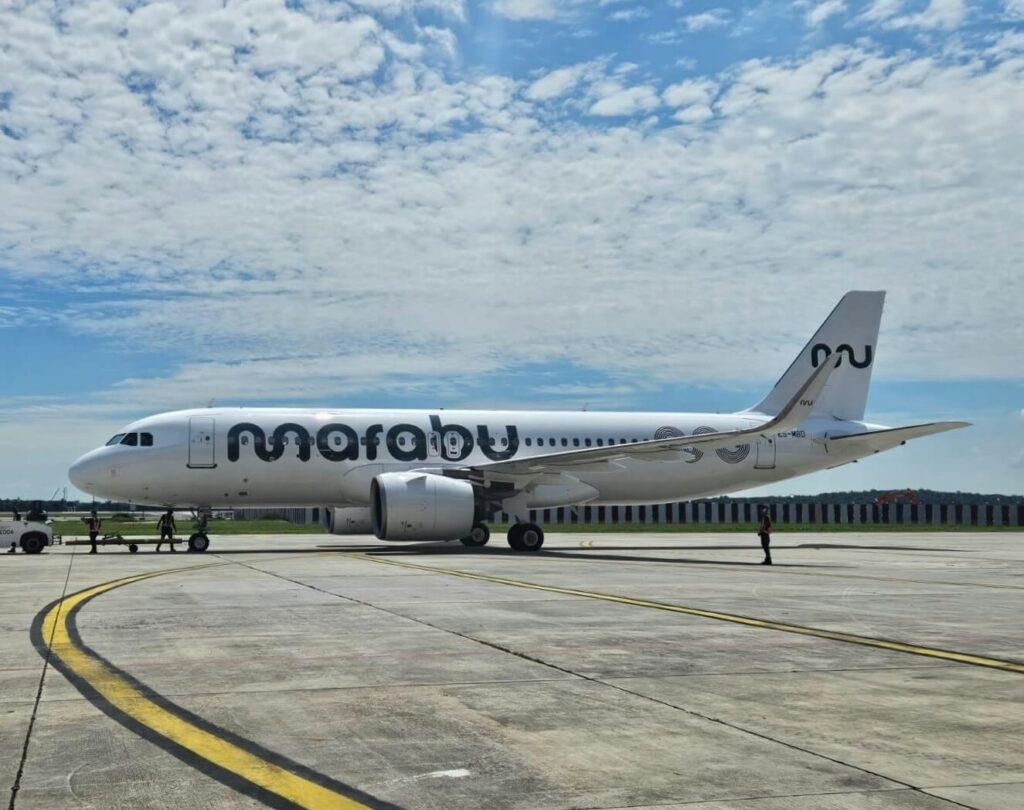
AeroGenie — あなたのインテリジェントな副操縦士。
現在のトレンド
Categories
Horizon Aircraft Partners with Designer Andrea Mocellin
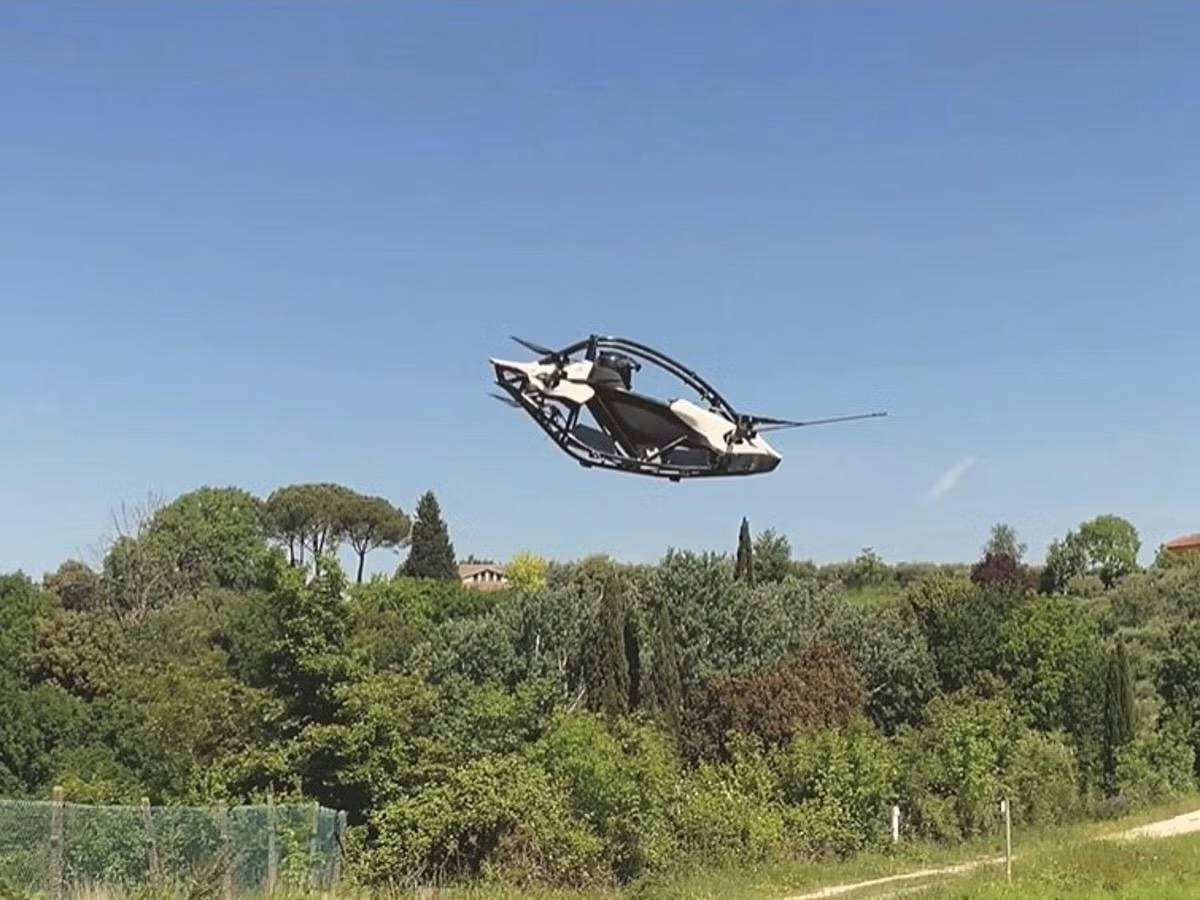
Horizon Aircraft Partners with Designer Andrea Mocellin to Advance Cavorite X7 eVTOL
Horizon Aircraft has announced a strategic collaboration with renowned mobility designer Andrea Mocellin to enhance the design and aesthetics of its hybrid-electric eVTOL aircraft, the Cavorite X7. Mocellin, whose distinguished career spans aviation, automotive, and micromobility sectors—including notable tenures at Lilium, Alfa Romeo, Maserati, NIO, and Pininfarina—will apply his expertise to refine both the exterior and interior elements of the aircraft.
Design Innovation and Passenger Experience
The partnership seeks to optimize the Cavorite X7’s external proportions, form, and functional components to improve aerodynamic efficiency while establishing a distinctive visual identity. Internally, the design focus will be on creating flexible configurations that enhance passenger comfort, experience, and utility. Brandon Robinson, CEO and Co-founder of Horizon Aircraft, emphasized the significance of this collaboration, stating that working with Mocellin will elevate the aircraft’s design and reinforce the company’s commitment to world-class innovation in eVTOL technology.
Mocellin, whose portfolio includes the award-winning Revolve Air, highlighted the ambition behind the project, expressing the goal of merging performance-driven engineering with instantly recognizable design to set a new industry benchmark.
Challenges and Industry Context
The Cavorite X7 is engineered to deliver high performance, extended range, superior safety, and operational flexibility. However, the development of a hybrid-electric VTOL aircraft entails considerable costs and technical complexities, raising questions about feasibility and long-term profitability. While some investors and industry analysts remain optimistic about the potential of advanced air mobility, others are cautious, pointing to the sector’s historical challenges and slow progress.
Horizon’s efforts are being closely monitored by competitors, who may respond by increasing investments or forming new partnerships to maintain their positions in the rapidly evolving VTOL market. Additionally, Horizon faces potential legal distractions, including a lawsuit filed by actor Kevin Costner, which could divert resources and attention from the Cavorite X7’s development.
Despite these hurdles, Horizon Aircraft’s collaboration with Mocellin underscores its ambition to lead the next generation of sustainable air mobility. The company aims to position the Cavorite X7 not only as a technical milestone but also as a striking example of futuristic design, setting new standards within the emerging eVTOL industry.
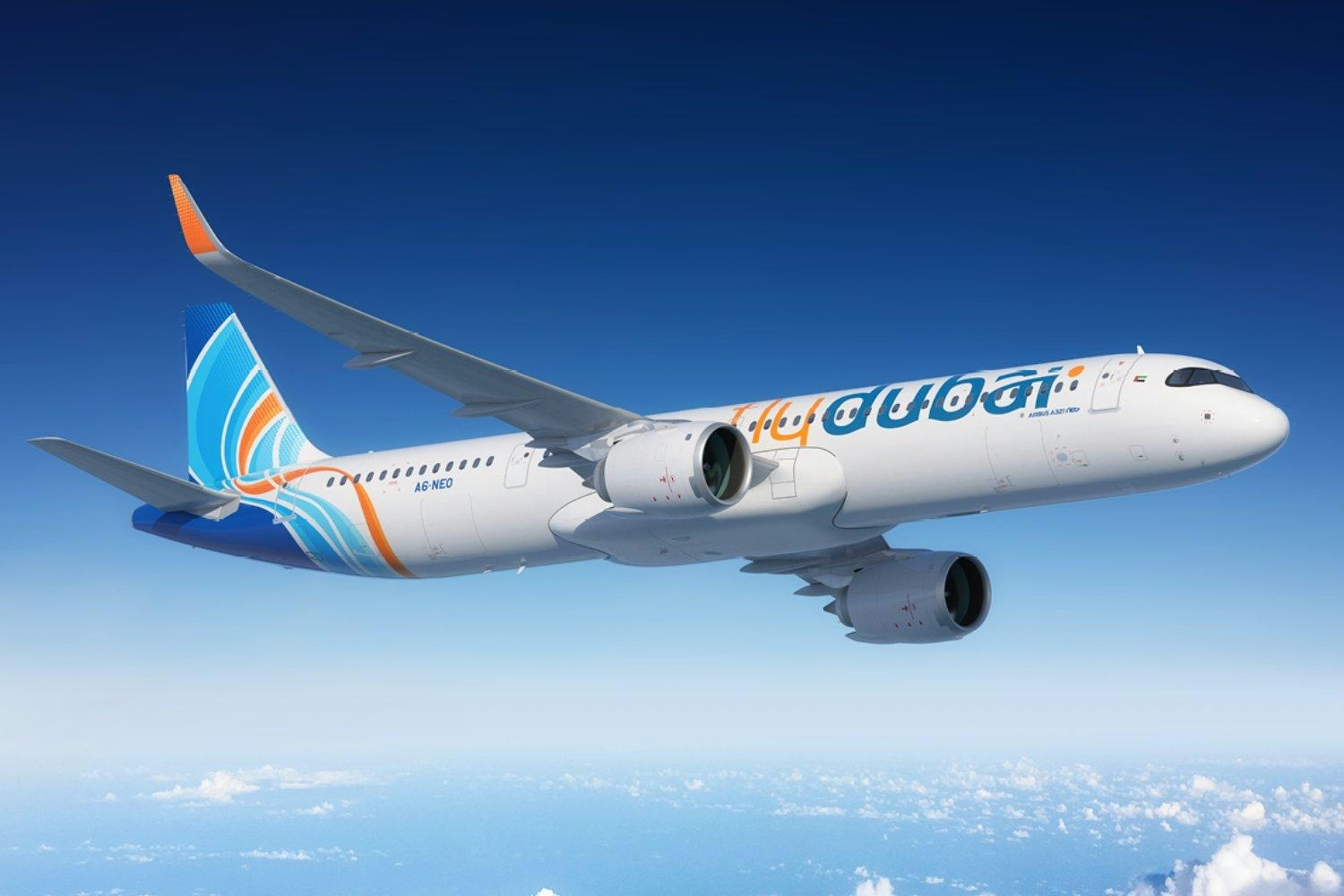
flydubai signs MoU for up to 150 Airbus A321neo aircraft, ending Boeing exclusivity
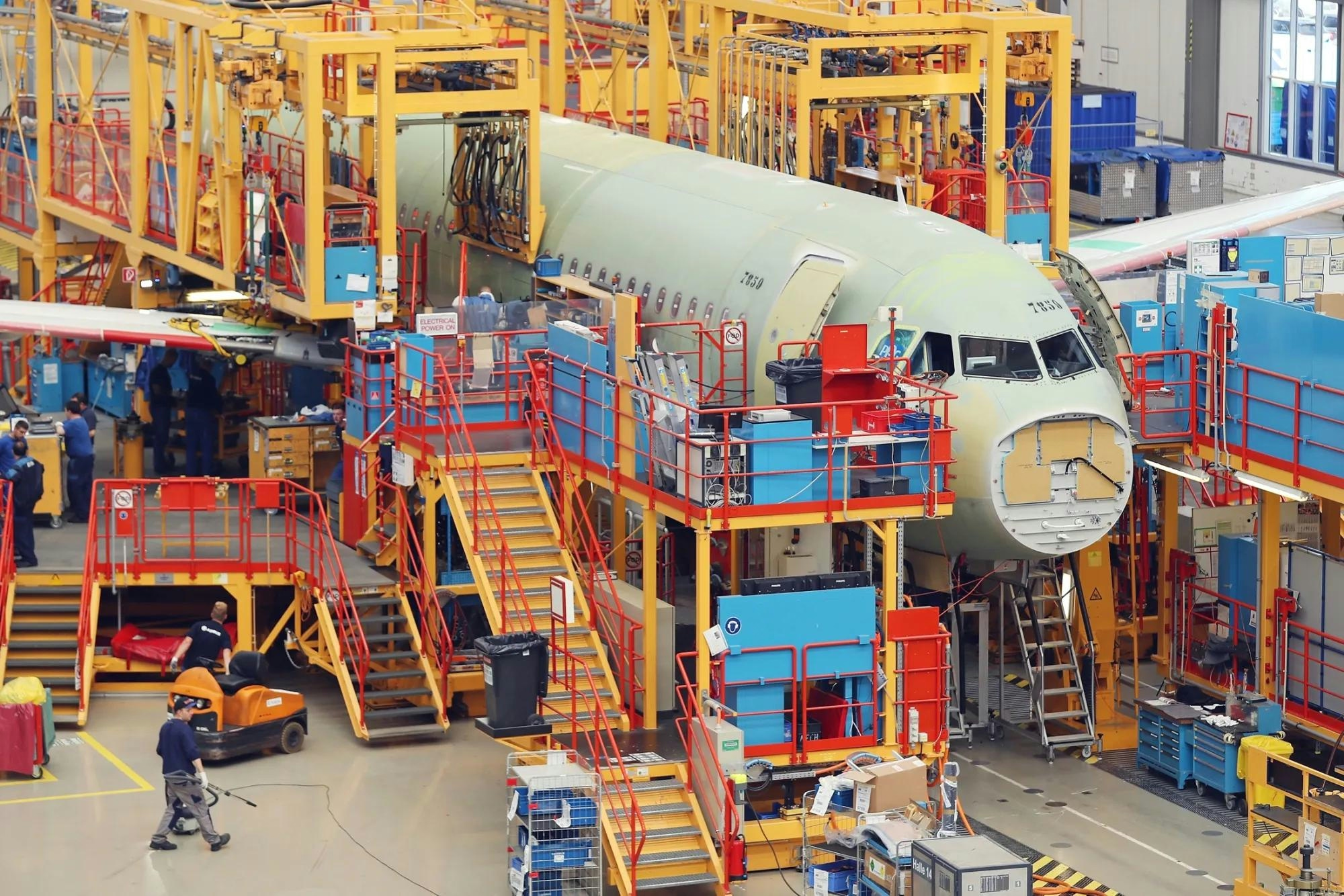
Airbus Secures New Orders from Etihad and flydubai at Dubai Airshow 2025
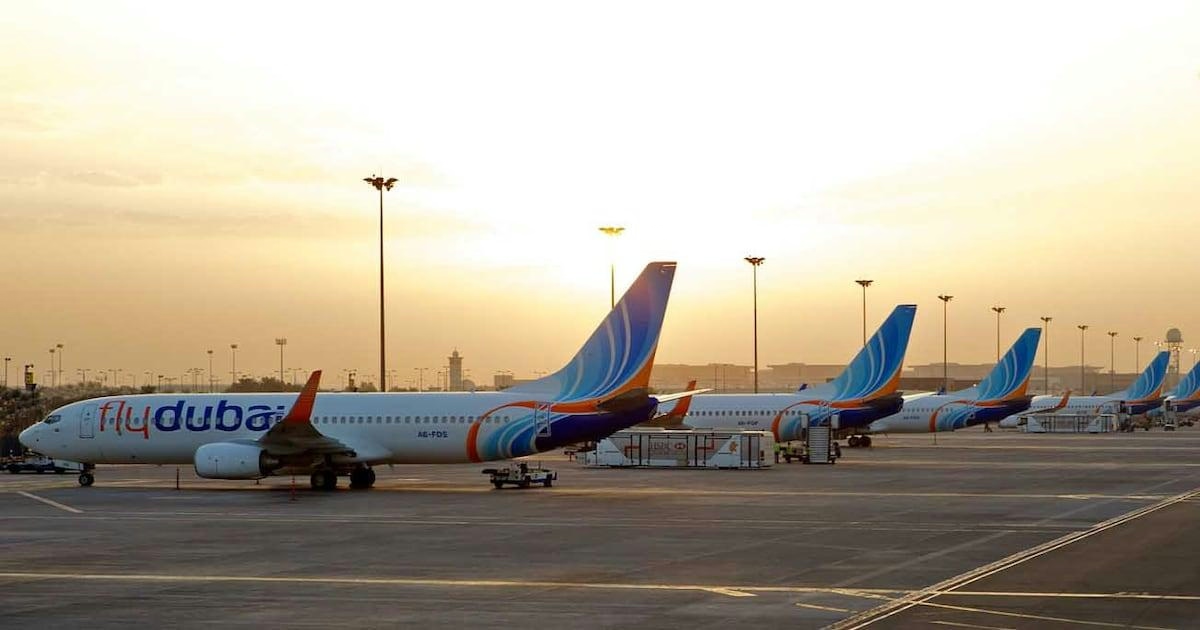
Flydubai Orders 150 Airbus A321neo Jets, Ending Boeing-Only Fleet

AMMROC and Lockheed Martin Sign Letter of Intent to Enhance MRO Cooperation and Regional Support

Emirates kicks off race between Airbus and Boeing for bigger jets
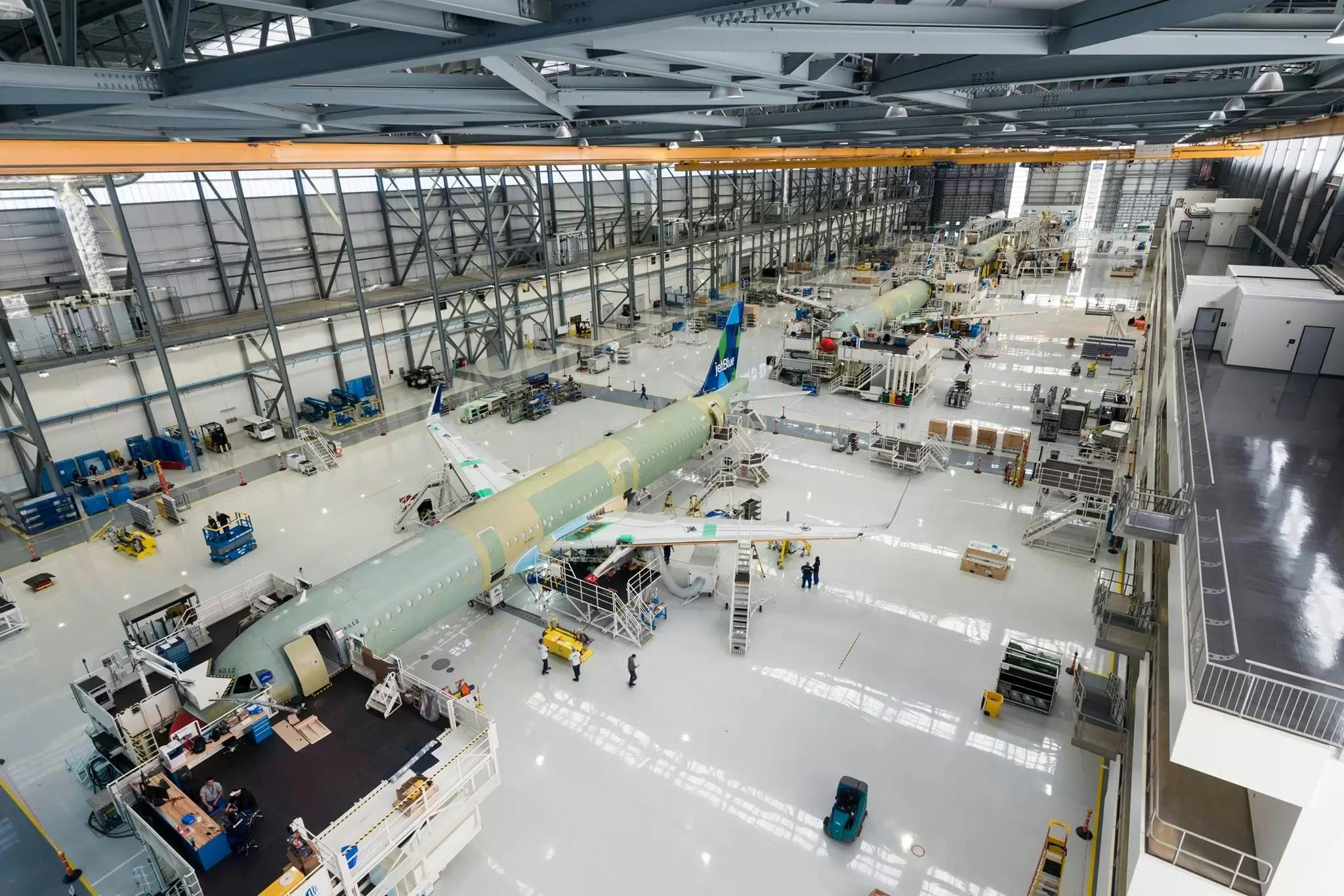
Inside Airbus’s Global Defense and Aviation Technology Hub
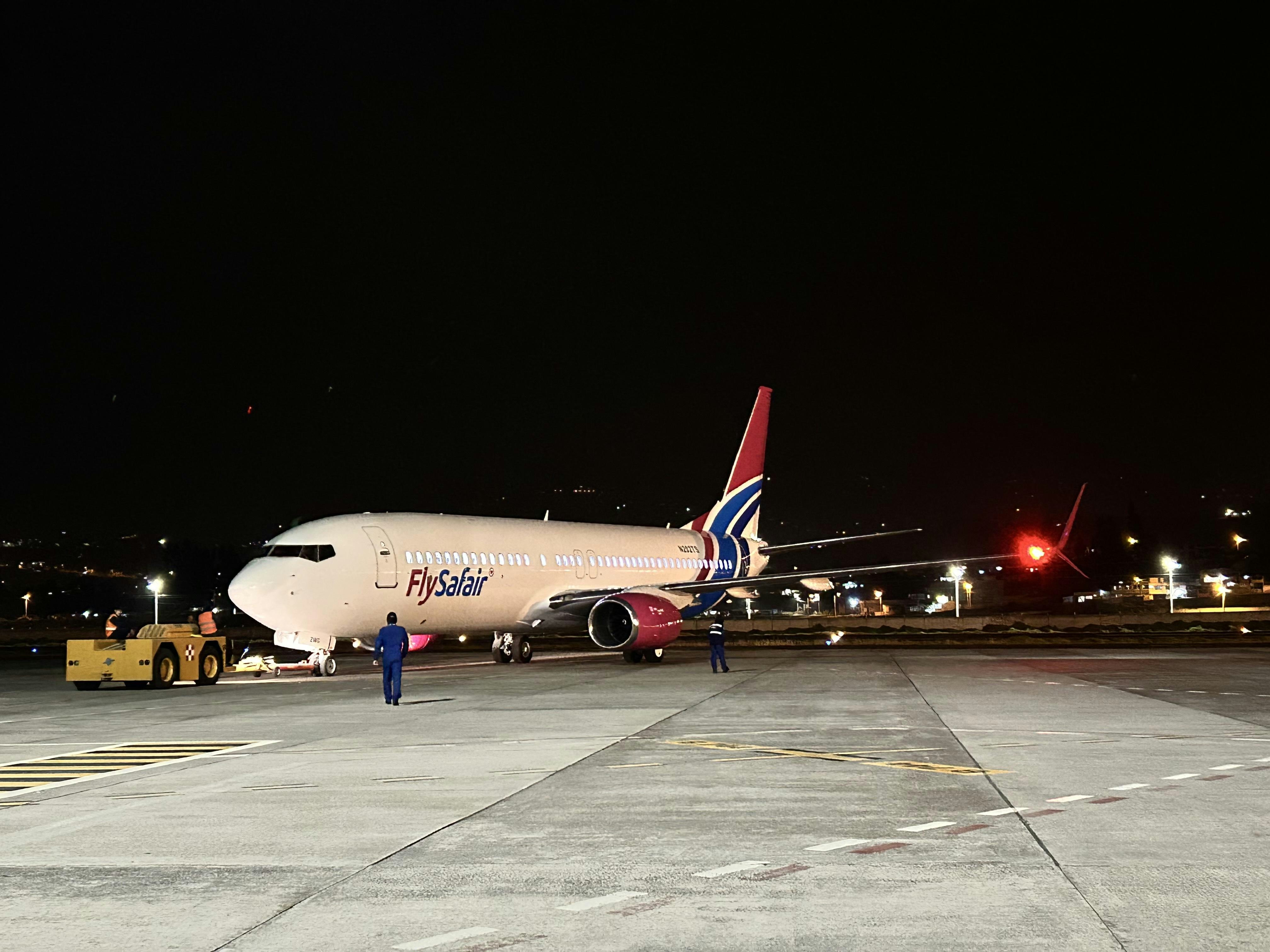
AerCap Leases Boeing 737 MAX and 737NG Aircraft to FlySafair
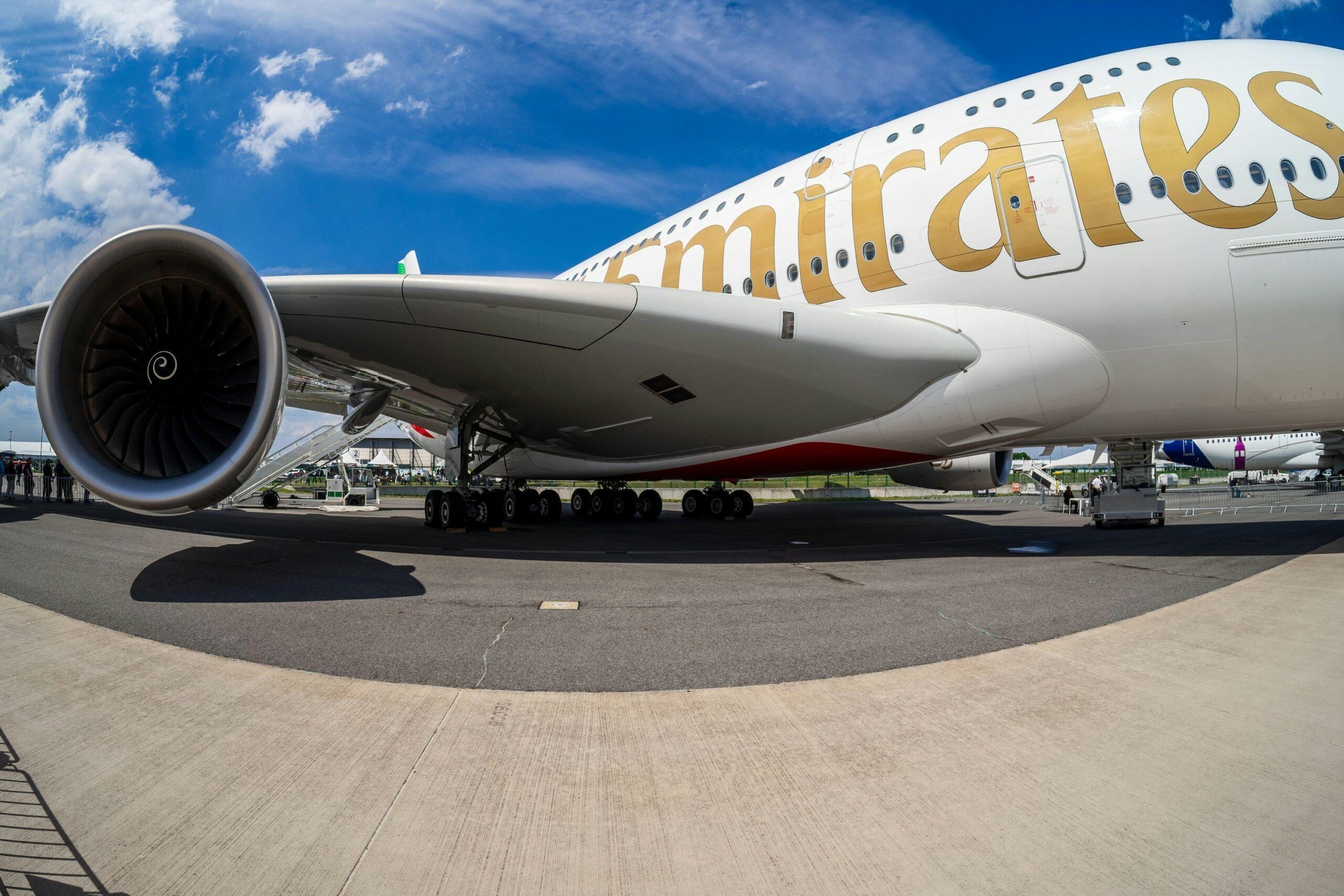
Abu Dhabi's Sanad sees opportunity in global aircraft engine crunch

Collins Aerospace and Emirates Extend A380 Landing Gear Maintenance Agreement
